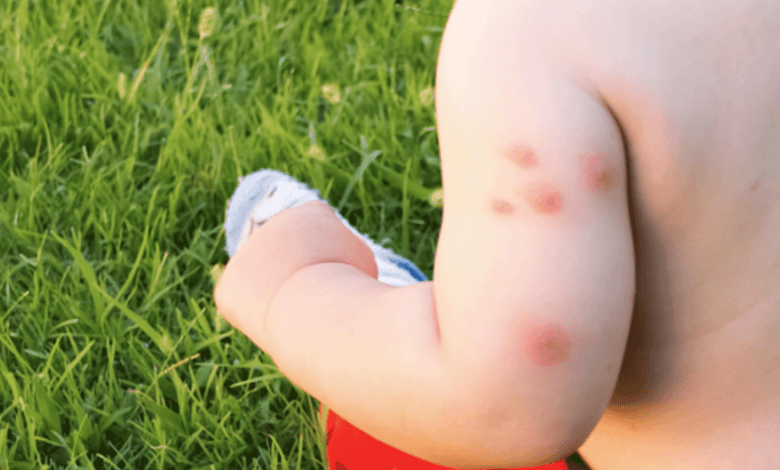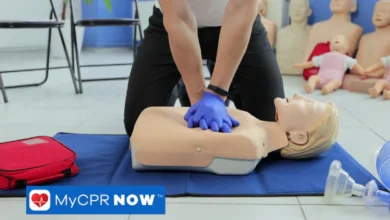Bed Bug Bite Progression: From Initial Bite to Healing

Bed bugs are small, parasitic insects that feed on the blood of humans and animals. While they do not transmit diseases, their bites can be uncomfortable and may cause physical and emotional distress. Understanding the progression of bed bug bites—from the initial bite to the healing process—can help you recognize infestations early and seek proper treatment. In this article, we’ll explore each stage of a bed bug bite, common bed bug symptoms, and tips for healing.
What Are Bed Bugs?
Before diving into bite progression, it’s helpful to understand what bed bugs are. Bed bugs are small, reddish-brown insects that are about the size of an apple seed. They are nocturnal and prefer to hide in mattresses, box springs, bed frames, and other furniture during the day. At night, they come out to feed on blood, usually while their hosts are sleeping.
The Initial Bite: When It Happens and What It Feels Like
Most people don’t feel a bed bug bite when it first happens. This is because bed bugs inject a small amount of anesthetic and anticoagulant into the skin when they bite. This numbs the area and prevents clotting, allowing the bug to feed for several minutes without interruption.
The initial bite typically occurs during the night and goes unnoticed until symptoms begin to appear. It’s common to wake up the next morning with red, itchy welts on exposed areas such as the arms, neck, face, and legs.
Early Symptoms: Within Hours of the Bite
Within a few hours of being bitten, some people may begin to notice the first signs. These early bed bug symptoms ( væggelus symptomer ) can include:
- Slight redness or swelling at the bite site
- Mild itchiness or irritation
- A burning sensation in rare cases
However, bed bug bite reactions vary widely. Some people don’t react at all, while others develop strong allergic responses. The bites often appear in a line or cluster, sometimes referred to as “breakfast, lunch, and dinner” pattern due to the bug feeding several times in a row.
See also: Why Professional Wasp Nest Removal Is Crucial for Your Safety
The Peak of the Reaction: 24 to 48 Hours Later
After 24 to 48 hours, bed bug symptoms ( væggelus symptomer ) typically reach their peak. This is when the bites are most noticeable and uncomfortable. Common symptoms at this stage include:
- Raised, red welts
- Intense itching
- Inflammation or swelling
- Possible blistering in sensitive individuals
Scratching the bites can lead to further irritation, and in some cases, secondary infections. The immune system’s response to the bite may also increase the severity of symptoms, especially in people with preexisting allergies.
Delayed Reactions and Allergic Responses
Not everyone responds to bed bug bites the same way. Some individuals may not show any reaction until several days later. Others may experience more serious allergic reactions, which could include:
- Severe itching
- Large, painful swelling
- Skin rash or hives
- Difficulty breathing (in rare, severe allergic cases)
If you or someone you know experiences these symptoms after a suspected bed bug bite, it’s important to seek medical attention promptly.
Healing Process: Days to Weeks After the Bite
The healing time for bed bug bites varies depending on the individual and the severity of the reaction. In general, bites begin to heal within a few days and should completely disappear in one to two weeks. The stages of healing typically include:
1. Reduction in Swelling and Redness
As the body starts to calm its immune response, the swelling and redness will gradually subside. The area may still be itchy, but the welts should begin to flatten and fade.
2. Scabbing and Peeling (If Scratched)
If the bites were scratched, small scabs may form. In this case, it’s essential to keep the area clean and avoid picking at the scabs, as this could lead to scarring or infection.
3. Fading Marks
Eventually, the bite marks will fade completely. In some individuals, especially those with darker skin tones, the bites may leave temporary dark spots or hyperpigmentation. These usually fade over time.
How to Relieve Bed Bug Symptoms
Dealing with bed bug bites can be frustrating, but several remedies can help alleviate the symptoms:
- Over-the-counter antihistamines can reduce itching and swelling.
- Topical corticosteroid creams (like hydrocortisone) help soothe inflamed skin.
- Cold compresses can reduce redness and discomfort.
- Avoid scratching to prevent infection or scarring.
- Natural remedies like aloe vera, tea tree oil, or baking soda paste may offer mild relief.
If symptoms persist or worsen, it’s advisable to consult a healthcare professional.
Preventing Future Bites
While treating the bites is important, preventing further exposure is essential. If you suspect you have bed bugs in your home, consider these steps:
- Inspect mattresses and furniture for signs of bed bugs, including live bugs, shed skins, and dark fecal spots.
- Wash and heat-dry bedding and clothes regularly.
- Vacuum carpets, mattresses, and furniture frequently.
- Use protective mattress encasements to trap any bugs inside.
- Call a professional pest control service if the infestation is severe.
Early detection and treatment can prevent more bites and stop the infestation from spreading.
When to Seek Medical Attention
While most bed bug bites are harmless and heal on their own, certain symptoms may require medical care. You should contact a doctor if:
- The bites are accompanied by fever or chills
- You notice signs of a secondary infection (pus, warmth, spreading redness)
- You have a known allergy to insect bites
- The bites do not heal after two weeks
A healthcare provider may prescribe stronger antihistamines, corticosteroids, or antibiotics if needed.
Conclusion
Understanding the progression of a bed bug bite—from the initial painless bite to the full healing process—can help you identify and manage the situation effectively. Early detection, symptom relief, and proper pest control are crucial steps in combating bed bug infestations. Recognizing common bed bug symptoms such as red welts, itching, and swelling can make it easier to differentiate these bites from other insect bites and take timely action.



